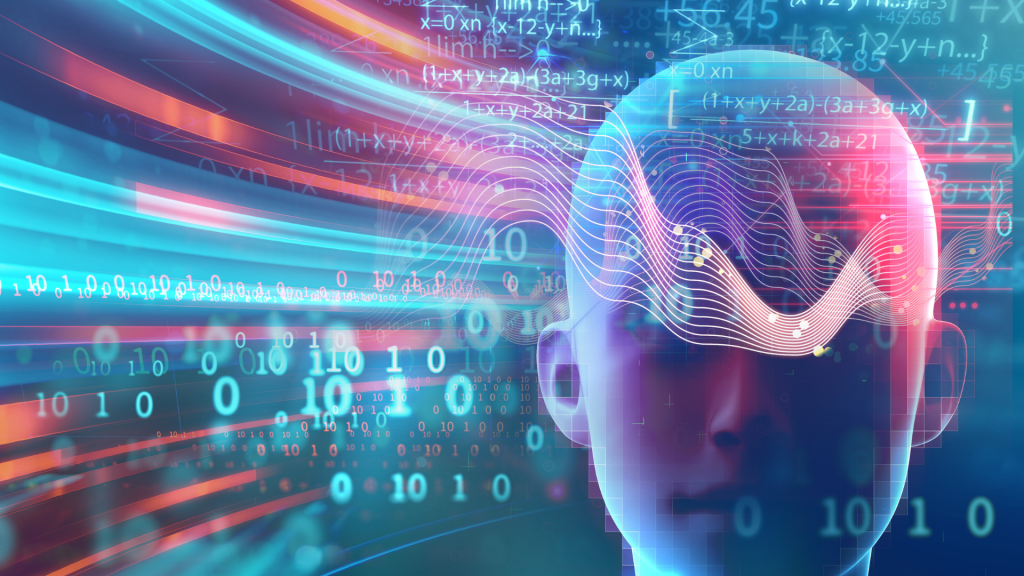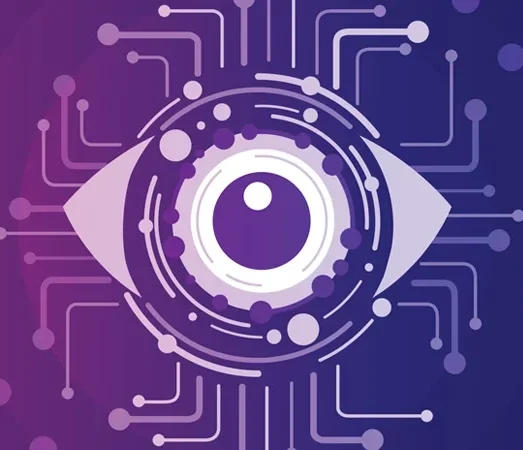Computer Vision

Introduction to
Computer Vision
Computer Vision is a field of artificial intelligence (AI) that uses machine learning and neural networks to teach computers and systems to derive meaningful information from digital images, videos and other visual inputs— and to make recommendations or take actions when they see defects or issues.
Benefits to Our Clients
Computer Vision could bring the following benefits to businesses:
- Image classification sees an image and can classify it (a dog, an apple, a person’s face). More precisely, it is able to accurately predict that a given image belongs to a certain class. For example, a social media company might want to use it to automatically identify and segregate objectionable images uploaded by users.
- Object detection can use image classification to identify a certain class of image and then detect and tabulate their appearance in an image or video. Examples include detecting damages on an assembly line or identifying machinery that requires maintenance.
- Object tracking follows or tracks an object once it is detected. This task is often executed with images captured in sequence or real-time video feeds. Autonomous vehicles, for example, need to not only classify and detect objects such as pedestrians, other cars and road infrastructure, they need to track them in motion to avoid collisions and obey traffic laws.
- Content-based image retrieval uses computer vision to browse, search and retrieve images from large data stores, based on the content of the images rather than metadata tags associated with them. This task can incorporate automatic image annotation that replaces manual image tagging. These tasks can be used for DAM (digital asset management) systems and can increase the accuracy of search and retrieval.

